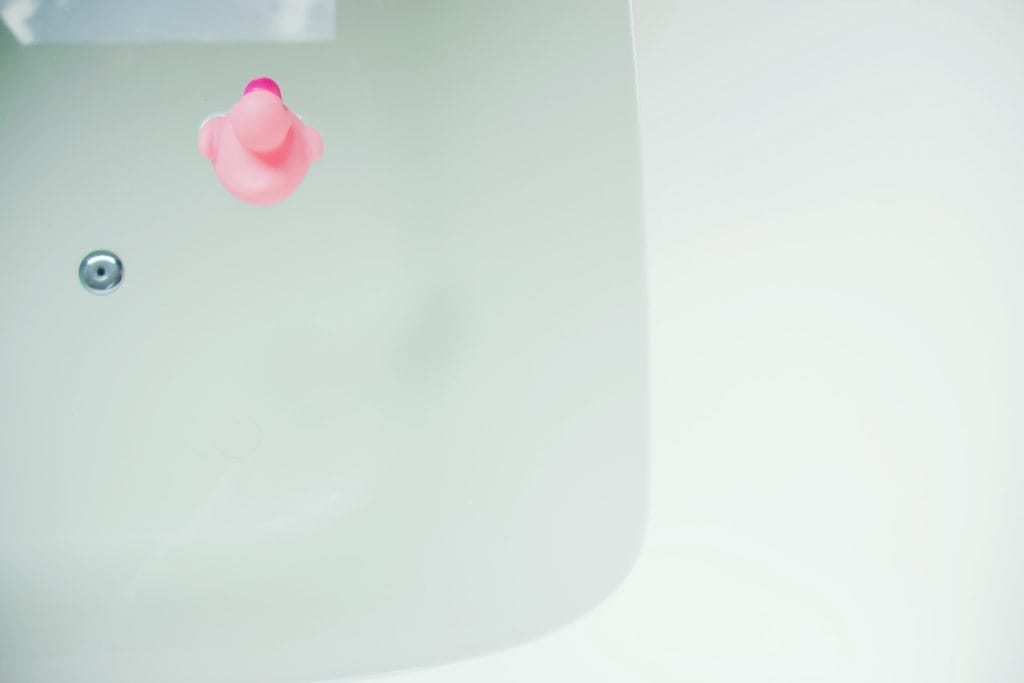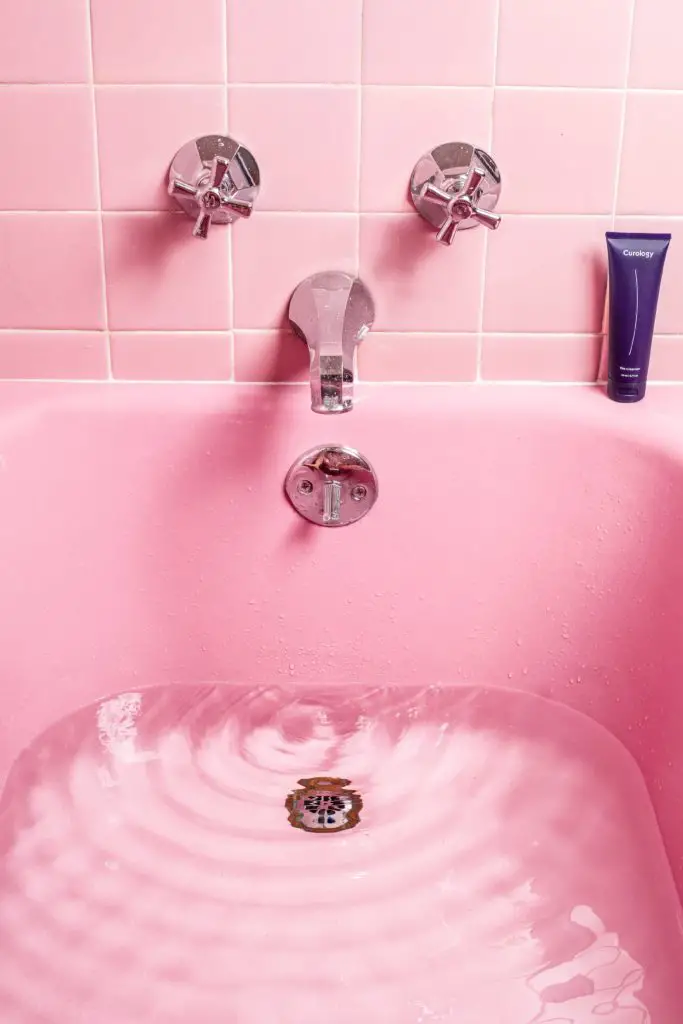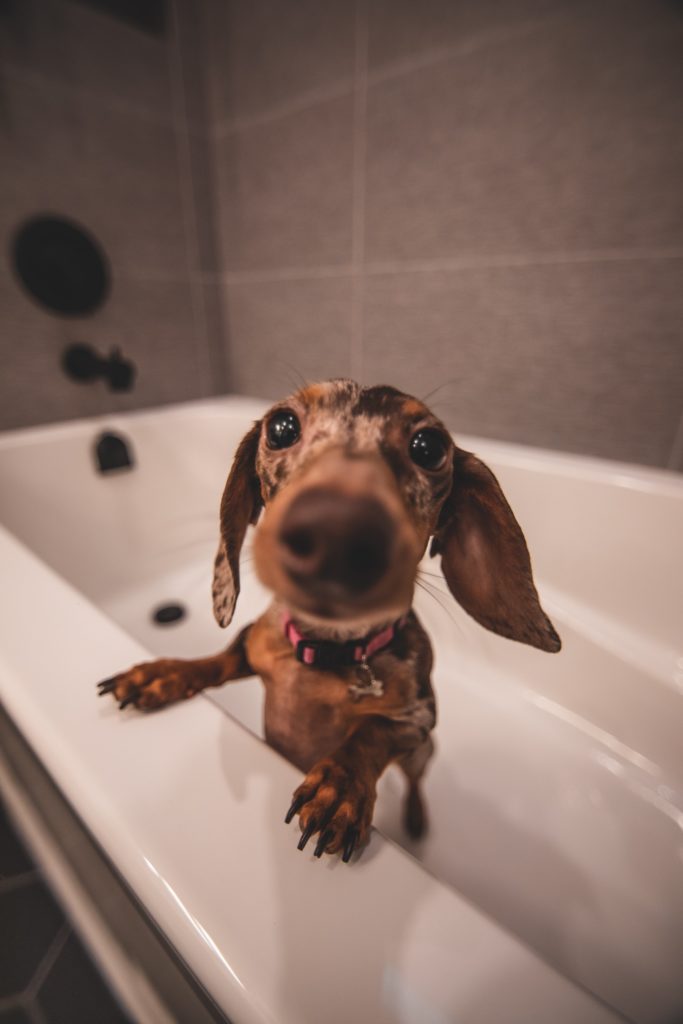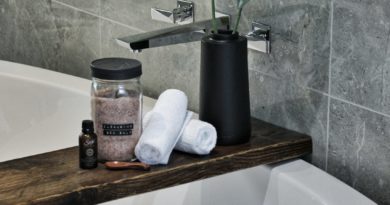How to Unclog a Bathtub Drain With Standing Water
**Articles may contain links that I earn compensation for if clicked and you make a purchase. As an Amazon Associate, I earn from qualifying purchases. These earnings do not actually impact the price of the product or service.
Assuming you just had a warm bath and removed the drain stopper, and you discover you have standing water, meaning the water refused to drain away, do a quick check for visible blockage. That should be easy if the water is clear. Otherwise, you will need to use our tips on how to unclog a bathtub drain with standing water.
A bathtub with standing water can be a breeding ground for insects, making you face health risks. Even worn-out, broken drain covers can clog your bathtub. Nevertheless, there are several methods you can use to get the job done.
You can get a professional plumber to clear the clog. But if you cannot afford a professional, the only way to clear the clog in your drain is to remove the obstruction, but first, you will need to use a cup to pour the standing water into a toilet.
Table of Contents
Some Equipment You Will Need to Unclog Bathtub Drains
You can use a plunger, a plumber’s snake, and a flexible rod, like a hanger, to get the water flowing quickly with simple procedures.

Our Guide to Unclog Standing Water in Your Bathtub
We have provided various methods to help you unclog your bathtub so that you can choose the most convenient option.
1. How to Unclog Your Bathtub Drain With a Vinegar and Baking Soda
To open up the drainage system in your tub, here is what you will need: these are basic tools to unclog your bathtub-
White vinegar (one cup)
Baking soda – half a cup
Timer
Hot water
Rubber gloves
Before starting the process of unclogging your drain, take out all visible blockages around the drain opening. Although you may use vinegar and baking soda separately, it is best to mix them. White vinegar can be somewhat acidic, while baking soda is alkali.
The mixture will cause a bubbling reaction that dissolves soap scum and removes filth and mineral deposits that may have caused the standing water situation.
Pour the mixture of vinegar and baking soda into the drain with standing water.
Keep in mind that when baking soda and vinegar mix, there is a foamy reaction, which may overflow; hence you should mix slowly.
Allow the solution to stand for five minutes.
Prepare about three cups of hot water and run the hot water into the drain with standing water, after pouring the baking soda and vinegar mix in. That is a simple way to unclog a bathtub.
2. How to Unclog a Bathtub Drain With a Plunger
Take out the drain cover. Based on your tub model, this bathtub stopper is positioned on top of the overflow plate.
Some will have to be pulled off the drain, while some are screwed and should be turned counterclockwise before removing them, be sure to see if there is an airtight seal to avoid ruining it. Then place the plunger on the overflow opening and start plunging. Run cold water to see if it works.
 3. How to Unclog Your Drain Using Hot Water and a Drain Snake or a Plumber’s Snake
3. How to Unclog Your Drain Using Hot Water and a Drain Snake or a Plumber’s Snake
Using a plumber’s snake is another method to drain your bathtub. If you are unsure how a plumber’s snake works, consider calling an expert plumber, but if you can use a drain snake, slide it into the overflow drain hole.
Push the plumbing snake down the drain opening until you feel a pushback inside the pipe. Twist the drain snake 180° to slither the plumbing snake into the blockage whenever you detect resistance and gently pull.
You may remove the blockage from the drain hole if it breaks apart.
Run hot water to clear any other particles.
4. How to Unclog a Bathtub With Shop-Vac
The shop vac is another tool to try out if the snaking and other methods don’t work. So grab your shop vac from the toolbox and get to work.
Remember to turn off the bathtub outlet before using your shop vac for better suction.
Set your shop vac hose/pipe over the tub drain and firmly press it down. Use a cloth to keep it stable if it’s smaller.
Please turn it on and allow the device to work for seconds before turning it off. Remove the pipe to see whether the bathtub is draining. Repeat this process until the standing water flows away.
Reasons Why Your Tub Drain Clogs
You may have a tub drain with standing water because it is blocked by soap scum, hair clogs in the bathtub stopper, or damaged pipes.
-
Damaged Pipes
A flawed plumbing system or damaged pipes can lead to a clogged bathtub drain. For instance, dented pipes can block water from flowing through the pipes.
Similarly, a rusty old pipe can block your bathtub, causing an overflow. A bad pipe joint can wear out, which causes constriction.
-
Solid Particles in the Drain
The chalky, filmy substance that sticks to the edges of your pipes (soap scum) can build up around the wall of your lines, trapping some dirt and hair.
The problem can worsen when the soapy chemicals mix with the calcium particles and magnesium found in hard water.
 How to Stop Your Drain From Having Standing Water
How to Stop Your Drain From Having Standing Water
The best tip is to avoid putting things that can clog your bathtub drain into it. This includes anything that can pass through the drain trap into the pipes, such as human hair, non-biodegradable stuff, etc.
Frequently Asked Questions
1. Can I use a chemical drain cleaner for my bathtub?
The answer is no. Chemical drain cleaners have more disadvantages, and the chemicals can be bad for your plumbing pipes, except if you have metal pipes.
2. Can I use boiling water to drain my tub?
You can use boiling water to unclog a bathtub drain with standing water, and this home trick works sometimes. Pour the boiling water into the drain, and it may remove any residue.
You must pour the boiling water directly into the tub drain to get a better result. Pour water into it to see whether the water drains.
Conclusion
If you follow all the methods listed in this guide, clogged drains won’t be a problem anymore. You can also use these methods for your shower drain.
But if you still have an overflowing tub, then calling a plumber could be the last resort.


